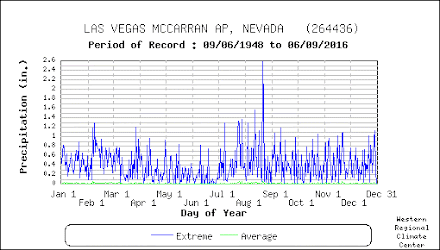One can make a pretty compelling argument that July 2021 will go down in the record books as the most perfect weather month in western Washington history.
Perfect in every way
Moderate, but warm temperatures. Cool enough at night for sleep. Lots of sun. No wildfire smoke. Good air quality. No rain.
Picture today over Puget Sound, courtesy of Ben Slivka
Temperature:
Consider Boeing Field in Seattle. Every day has had maximum temperatures between 69 and 84F. Never too cool or too hot! And enough variation to keep it interesting. But wonderful for outdoor recreation.
Cool enough to sleep at night? You bet!
Every day at Boeing Field had low temperatures below 65F and most days dropped to around 60F or the upper 50s. And that is in the middle of the urban heat island. Most folks enjoyed even cooler nighttime minimum. You could sleep well without AC!
What about sticky conditions? Humidity that can make life so unpleasant in much of the U.S.?
Not here in western Washington! A very good measure of unpleasantly "sticky" conditions is when the dew point gets above 63-65F. Remember that the dew point is the temperature at which the relative humidity gets to 100% when the air is cooled.
Look at the dew point this month at SeaTac Airport (below). Never above 59F and for much of the month it has been less than 55F. No wonder it has felt so comfortable!
What about wind? A little wind is a good thing, making conditions more pleasant. And as shown by the winds at the UW Atmospheric Sciences Building, most days had just around the right amount, with sustained winds during the afternoon getting up to around 12 knots...and sometimes a bit more.
Many afternoons have brought a highly pleasant Sound Breeze to Puget Sound, with excellent conditions for those with sailboats. Just ideal
Sunshine? Most days were at nearly full sun, which means few clouds and NO SMOKE (see solar radiation at Seattle below).
And let's talk about smoke, which is both depressing when it hazes the sky and which is unhealthy when it reaches the surface.
Basically, western Washington has escaped smoke this summer as onshore, westerly flow has pushed any smoke away from western Washington. A visible satellite image from yesterday illustrates this smoke-free boon:
Air quality at the surface has been excellent in July around western Washington, as illustrated by today's evaluation by the excellent Puget Sound Clean Air Agency (see below).
But what about Tacoma? Low particulate levels (under 15 micrograms per cubic meter), except for the July 4th fireworks. Excellent air quality. No smoke.
Finally, what about rain, which can dampen outdoor activities and ruin that trip to the mountains.
Little rain...just a few hundredths in the interior and a quarter inch on the coast. Much drier than normal. The monthly totals are below (click to expand).
I have gone back many decades into the meteorological records of the region and no July or ANY OTHER MONTH has offered such consistent meteorological perfection.
But Some Have Another View
Now in the current psychological state of the world, the media, social media, and politicians are totally obsessed with the negative, particularly in environmental matters.
During the last month, major media has been obsessed with meteorological disasters from floods and heatwaves to wildfire smoke and drought...to name only a few. Just one front-page disaster after another.
So where are the banner headlines about our wonderful weather: the envy of the world?
In fact, the Seattle Times, with a tendency for apocalyptic (and generally ill-founded) global warming stories, had a front-page story about THE BIG DARK. About how miserable we will all be in the upcoming period of darkness. I thought it was a Seattle Times joke when I first saw it, but they were serious (see sample below). All in the middle of meteorological nirvana.
Western Washington generally has the best summer's in the nation and this month was off the charts wonderful. Time to recognize it.
















































